Diversify Leadership: Women at the Helm
Introduction:
In the pursuit of a workplace that celebrates diversity, the role of women leaders cannot be overstated. To truly embrace gender diversity, organizations must go beyond rhetoric and take concrete steps. In this blog post, we unveil a comprehensive guide on how to effectively recruit, retain, and empower women leaders. Let’s break down the barriers that hinder progress and foster a workplace that thrives on inclusivity.
1. Shattering Toxic Narratives: Nurturing Confidence
Toxic narratives, particularly imposter syndrome, have long cast shadows on the advancement of women leaders. It’s time to acknowledge and actively combat these narratives. Instead of bombarding women with superficial marketing tactics, organizations must create a nurturing environment that recognizes achievements and fosters confidence.
Implementing mentorship programs and professional development initiatives becomes the antidote to self-doubt. No more marketing ploys labeling women as “girl bosses.” Let’s replace that with genuine efforts to overcome imposter syndrome. By empowering women through mentorship, organizations can create a culture of resilience and self-assured leadership.
2. Leading by Example: Diversifying Senior Leadership
Creating a diversified senior leadership team is not just a checkbox; it’s a commitment that speaks volumes. Organizations need to lead by example, actively seeking out and appointing women to key leadership positions. This isn’t just about gender diversity; it’s about demonstrating a genuine belief in the capabilities of women leaders.
To cultivate an environment conducive to growth, mentorship channels specifically tailored for women leaders or those aspiring to leadership roles become essential. These channels offer guidance, support, and invaluable networking opportunities, laying the groundwork for women to ascend the corporate ladder with confidence.
3. Transparency as a Cornerstone: Fair Compensation for All
A cornerstone of fostering an equitable workplace is ensuring compensation transparency. Organizations must commit to making compensation structures transparent, fair, and devoid of gender biases. Regular reviews and prompt actions to address any gender pay gaps send a powerful message – that the organization values and recognizes the contributions of all employees, irrespective of gender.
Open communication about compensation is not just a policy; it’s a commitment to building trust. By making compensation transparency a nonnegotiable, organizations establish an atmosphere where fairness prevails, laying the foundation for a workplace that truly values diversity.
Conclusion: Building an Inclusive Future
In conclusion, by actively addressing toxic narratives, championing diversified leadership, and embracing compensation transparency, organizations pave the way for a more inclusive and equitable workplace. These strategies go beyond lip service; they are intentional efforts to attract and retain women leaders, contributing to the success and resilience of the organization.
Through these initiatives, organizations can build a leadership team that reflects the diversity and talent present in today’s dynamic workforce. Breaking down barriers and fostering inclusivity isn’t just a corporate responsibility; it’s an investment in a future where everyone, regardless of gender, has the opportunity to thrive and lead.




